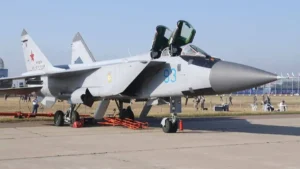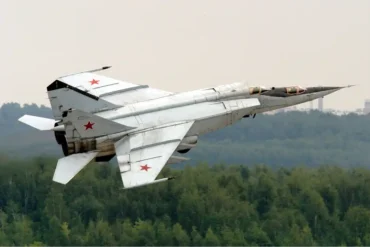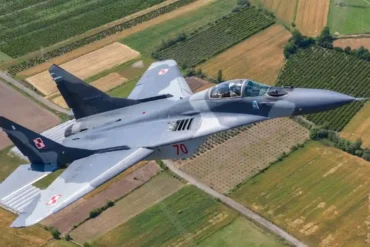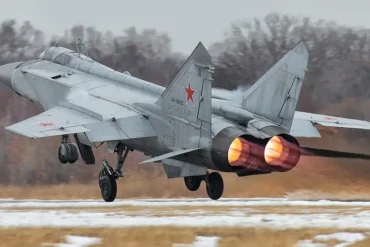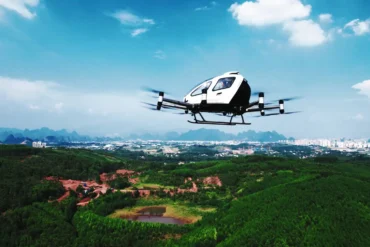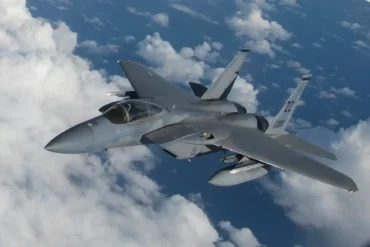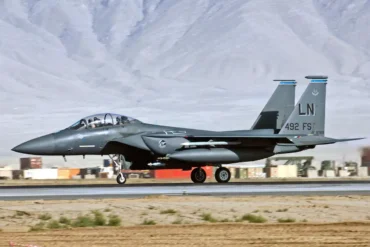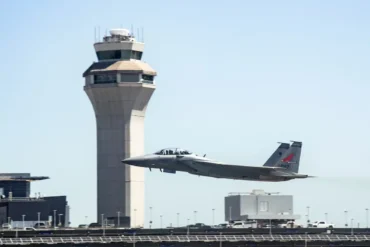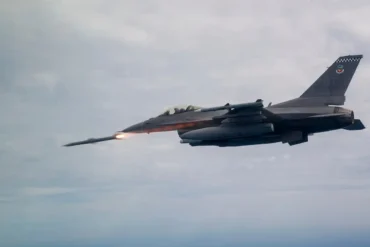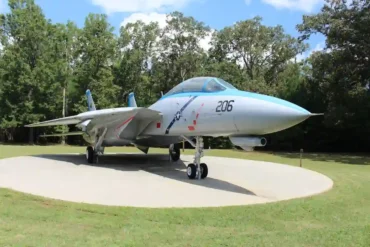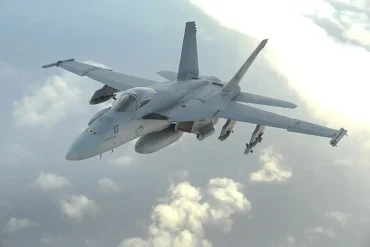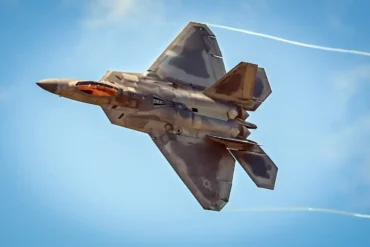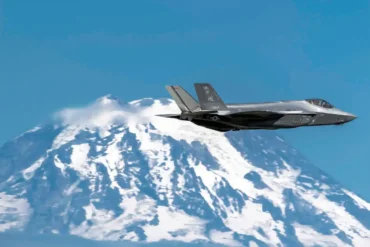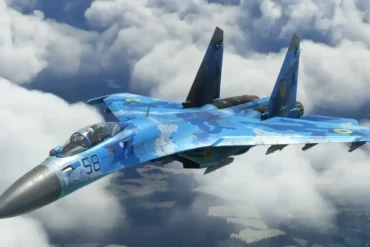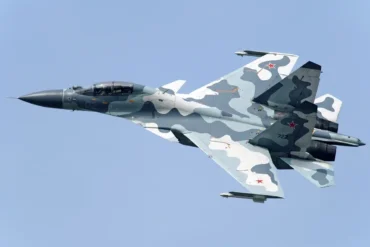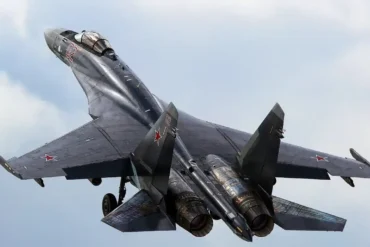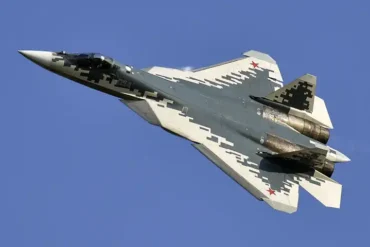The MIG-41, Russia’s proposed next-generation interceptor, is set to revolutionize the future of aerial warfare. Developed to replace the aging MIG-31 Foxhound, the MIG-41 combines cutting-edge stealth technology, hypersonic capabilities, and advanced weaponry. With its promised ability to travel at speeds ranging from Mach 4 to Mach 5, this aircraft is designed to be one of the fastest in the world. However, this level of innovation comes at a steep cost. In this article, we explore the development, capabilities, and, most importantly, the price tag of the MIG-41, providing you with a detailed insight into what makes this fighter jet such a significant player in the world of military aviation.
What is the MIG-41?
The MIG-41 is a sixth-generation interceptor that aims to push the limits of aviation technology. Designed to replace the MIG-31, which has been in service since the 1980s, the MIG-41 incorporates revolutionary changes in speed, stealth, and weapon systems. The aircraft is built to operate at hypersonic speeds, between Mach 4 and Mach 5, which is four to five times faster than the speed of sound. This remarkable speed makes it incredibly effective for intercepting incoming threats and engaging targets before adversaries even know it’s there.
Key Features of the MIG-41
- Speed: The MIG-41 will be capable of reaching Mach 4 to Mach 5, positioning it among the fastest aircraft in the world.
- Stealth Technology: With its advanced radar-absorbing materials, the MIG-41 will be almost invisible to enemy radar, allowing it to infiltrate enemy defenses undetected.
- Advanced Weaponry: The aircraft is expected to carry hypersonic missiles, which travel faster than Mach 5, as well as potential laser weapons for precision strikes.
Why is the MIG-41 So Important?
Strategic Air Superiority
The MIG-41 is designed to dominate the skies. Its speed and stealth capabilities make it a formidable opponent against any adversary. By operating at Mach 4 to Mach 5, it will be able to intercept and destroy targets much faster than current fighter jets. Moreover, its stealth features make it nearly invisible to enemy radar, significantly reducing the chances of detection and counterattack.
Hypersonic and Laser Weapons
Another key feature of the MIG-41 is its cutting-edge weaponry. The aircraft will be equipped with hypersonic missiles, capable of reaching speeds greater than Mach 5, making them extremely difficult to intercept. Furthermore, there is potential for the MIG-41 to incorporate laser weapons, offering a new era of precision strikes that bypass traditional limitations of range and speed. These weapons could redefine air-to-air and air-to-surface combat.
Impact on Global Defense
The MIG-41 is not just a response to modern threats but also an answer to the growing competition in military aviation. While the United States is developing its own sixth-generation fighter jets under the Next Generation Air Dominance (NGAD) program, and China is also working on advanced aircraft, the MIG-41 is a clear signal that Russia intends to maintain its military prowess in the skies. If successful, it could give Russia a decisive edge in aerial combat.
Development Challenges of the MIG-41
While the MIG-41 promises to be a game-changer in terms of capabilities, its development is not without significant hurdles. The technological challenges alone are immense, with the need to develop specialized materials, advanced engines, and stealth technology that can withstand the extreme conditions created by hypersonic speeds. Additionally, financial constraints, primarily due to the ongoing economic pressures and the impact of the Ukraine conflict, present further obstacles to its successful development.
Material and Engineering Hurdles
One of the key technological hurdles the MIG-41 must overcome is the development of materials that can withstand the extreme heat generated at hypersonic speeds. The friction produced by flying at speeds of Mach 4 to Mach 5 generates intense heat, requiring the use of special alloys and composites that are both durable and heat-resistant.
Stealth and Radar Absorption
Another challenge lies in the aircraft’s stealth design. The MIG-41 must maintain a low radar cross-section to avoid detection. This requires sophisticated engineering techniques and advanced radar-absorbing materials. Furthermore, the aircraft’s shape must be optimized to minimize radar reflection, which is critical in ensuring its ability to perform deep strike missions without being noticed.
Engine Development
The MIG-41’s engines will also face challenges. To achieve speeds between Mach 4 and Mach 5, the aircraft will require advanced propulsion systems, such as ramjet or scramjet engines. These engines are designed to operate efficiently at hypersonic speeds by compressing incoming air before mixing it with fuel and igniting it, generating significant thrust. Developing these engines is crucial for ensuring that the MIG-41 has the necessary speed and range.
Cost of the MIG-41: $300 Million Per Unit
Given the MIG-41’s advanced capabilities, it is no surprise that it comes with a steep price tag. The estimated cost of each MIG-41 aircraft is approximately $300 million. This is significantly higher than current-generation fighter jets, which cost far less per unit. The high price reflects the cutting-edge technology that goes into the MIG-41, including its hypersonic missiles, stealth capabilities, and advanced avionics.
Breaking Down the Costs
- Research and Development: A large portion of the $300 million will go towards the R&D necessary to develop such a sophisticated aircraft. This includes extensive testing of prototypes, engineering solutions to overcome heat and stealth challenges, and the development of new materials and engines.
- Weapon Systems: The advanced weaponry integrated into the MIG-41, such as hypersonic missiles and laser weapons, adds a significant cost. The development of these weapons alone involves cutting-edge technology, often requiring significant investment in research and production.
- Specialized Manufacturing: Manufacturing the MIG-41 will require specialized facilities and equipment capable of producing high-tech components with extremely precise tolerances. These manufacturing processes are costly, further driving up the price.
Financial Considerations and Budgeting
Russia’s military budget will play a crucial role in determining whether the MIG-41 can be produced at scale. Given the country’s current economic constraints, Russia must carefully balance its spending between defense modernization and other economic priorities. The MIG-41 project, while essential for future air superiority, faces the challenge of securing consistent funding to meet development timelines and ensure long-term sustainability.
When Will the MIG-41 Be Ready?
The MIG-41 is currently in the experimental stage, with prototype development and test flights expected to begin around 2025. Full-scale production and operational deployment are expected by 2030, provided that the development team can overcome the significant technical and financial challenges.
Test Flights and Development Timelines
While the MIG-41 is still in the early stages of testing, Russia has set an ambitious timeline. The first test flights are expected to begin in the mid-2020s, with full operational capability being achieved by 2030. However, this timeline is dependent on various factors, including the successful development of the necessary materials, engines, and stealth technologies.
Conclusion: The MIG-41 and Its Future in Warfare
The MIG-41 represents a quantum leap in fighter jet technology, combining unprecedented speed, stealth, and weaponry to create an aircraft that could change the nature of aerial combat. With a projected cost of $300 million per aircraft, it is a significant investment for Russia, but one that could provide a strategic advantage in future conflicts. If successfully developed, the MIG-41 will redefine air superiority, making it an essential component of Russia’s defense capabilities in the coming decades.
As the development of this next-generation interceptor progresses, the global defense community will be watching closely, as the MIG-41’s impact on military strategy and global air power could be profound.
